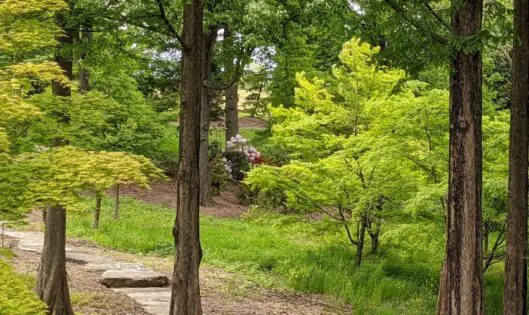The Gardener's Journal
Do your plants have flare?
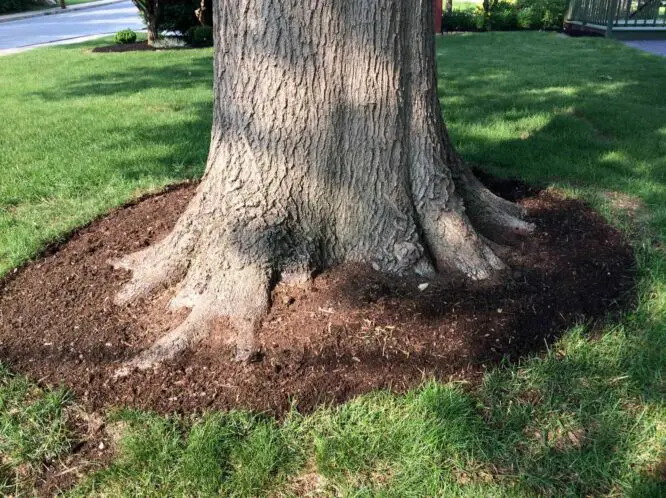
Recently, while pruning in the garden of a new client, I became aware of a sickly, struggling Japanese Maple. The diagnosis was easy: it had been planted too deeply, evidenced by the fact that the root flare was invisible.
What are Root Flares and Girdling Roots?
Root flare is the widening at the base of a plant just above the roots. If the tree has been correctly planted, you will SEE the root flare (first photo below). If the root flare is not visible, the plant has been planted too deeply and will likely struggle because it will not receive adequate oxygen (this scenario can also happen with too much mulch). In fact, ‘girdling roots’ may grow up around the trunk in search of air and can sometimes wrap so tightly around the trunk that they strangle the plant and stunt its growth. ‘Girdling’ roots also trap moisture close to the trunk, causing root rot. In addition, buried root flares are unattractive; without visible root flares, trees look more like telephone poles in the ground (as in the second photo to the right below).
Fixing The Japanese Maple’s Planted Height and Root Flare Visibility
The Japanese Maple I excavated for our client was 5” too deep. I replanted it so that the root flare is now visible. I expect it will do much better now. But wait, there’s more! In replanting and raising the Japanese Maple, I was surprised to find that the person who originally planted the tree never removed the nylon NON-biodegradable twine wrapped tightly around the root ball and trunk. Had I not cut and removed this twine, the tree would have been dead in two or three years.
The moral of this story? Plant your trees and shrubs high enough so that root flares are visible. And ALWAYS remove the binding around the root balls!! View our selection of Japanese Maple trees from our nursery.
Contributed by Sean Kramer
HL Plant Health & Lawn Care Manager
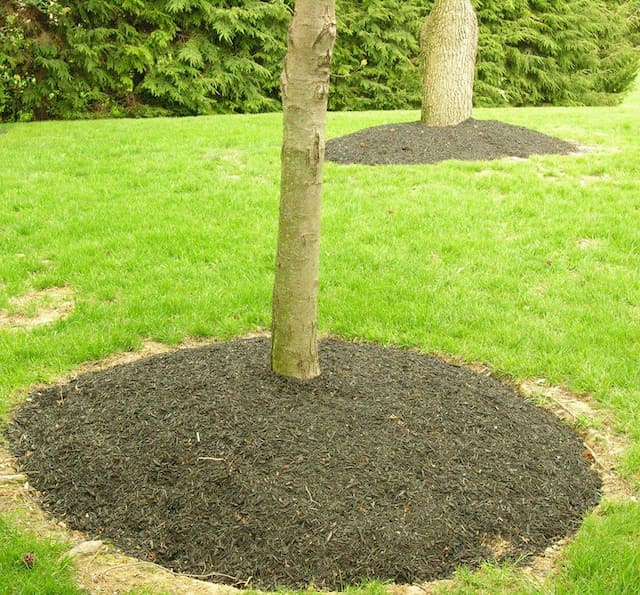
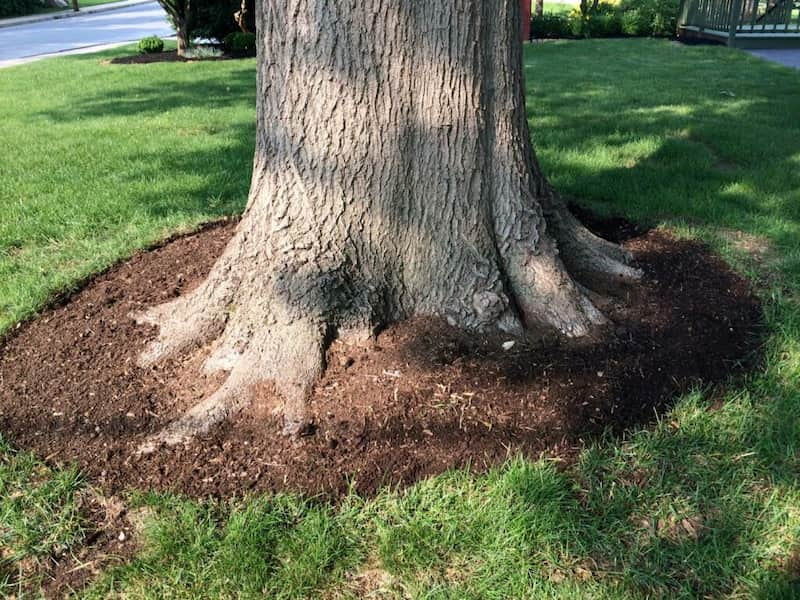
OUR GARDEN DESIGN PROCESS
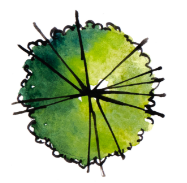
Explore
Share your goals, ideas, and project budget and we will begin to survey and plan your garden
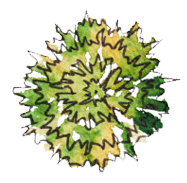
Design
We will consider all your primary view perspectives, both inside and out as we design your garden
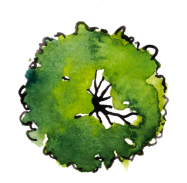
Build
Your garden dream will begin to take shape by the hands of our highly skilled craftsmen and landscapers

Enjoy
Your garden dream will begin to take shape by the hands of our highly skilled craftsmen and landscapers


